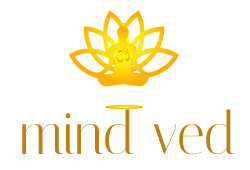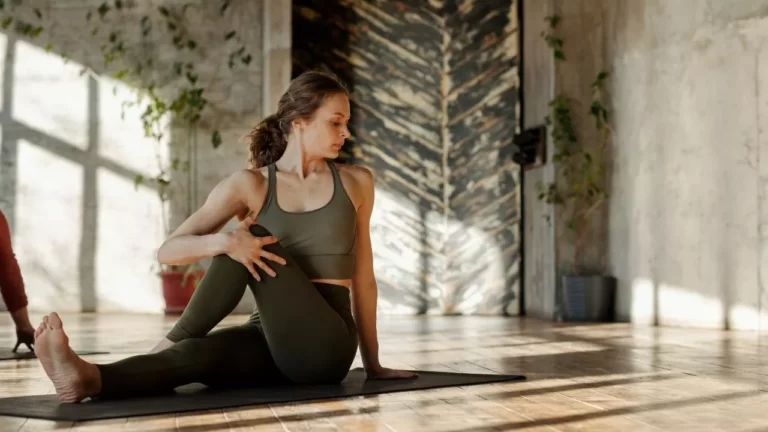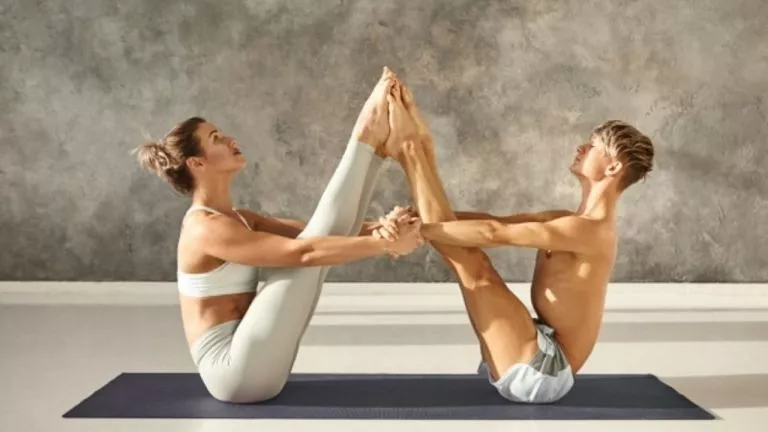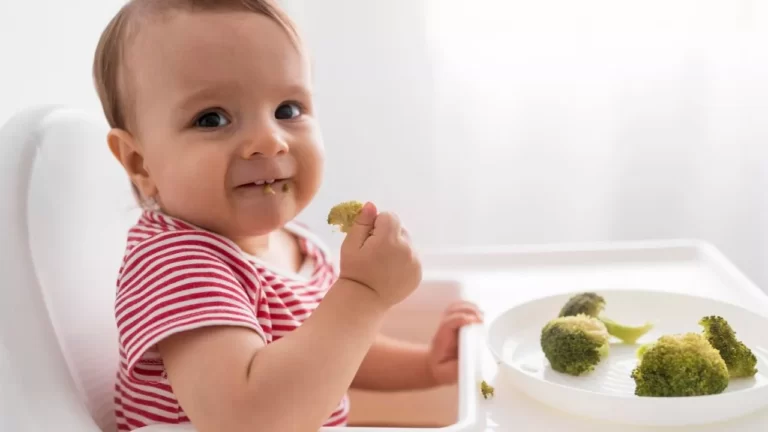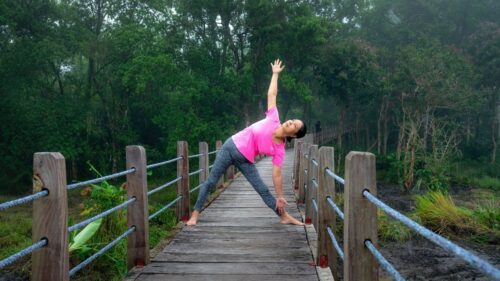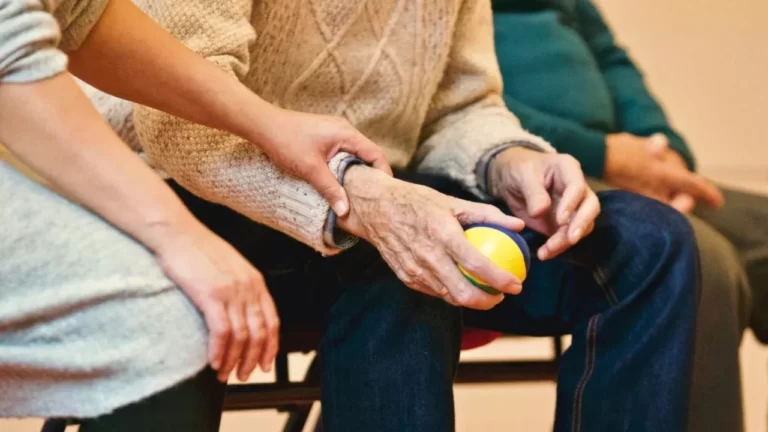8 Easy Yoga in Depression and Anxiety
Depression is considered a silent killer in human life. Everyone faces stress in their day-to-day life. The reason for stress is varied from person to person. Some of them can deal with it confidently but few not.
Many people don’t have any idea that they are suffering from depression because they are unaware of the symptoms of depression. This article highlights the concept of depression, its symptoms, causes, and 8 beneficial Yoga in Depression and Anxiety.
Also, you will get information about breathing techniques of Yoga which are helpful to overcome depression.
What Is Depression?
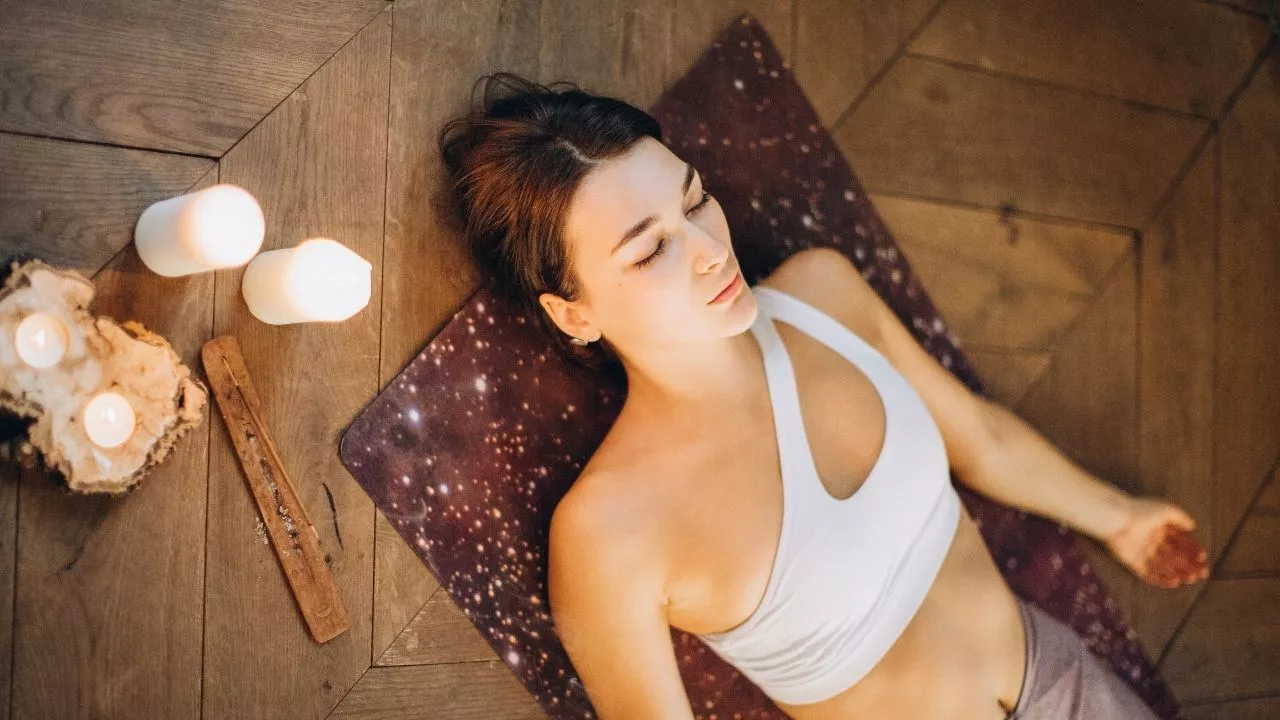
Depression is an illness that affects your brain and mind. It is a medical condition that impacts your feelings, your thoughts, your reaction to a particular situation.
Everybody is handling the sensation of sadness, loss of interest, etc., but if it persists for an extended time and affects our lives, this might be depression
When these feelings become intense, it leads to clinical depression.
Symptoms of Depression?
- Feeling sad or low
- Loss of interest
- Feeling guilty or worthless
- Low concentration
- Feeling of loneliness
- Too much or too little sleep
- A significant change in weight- you either gain it or lose it
- Mood swings
- Thoughts of suicide or death or attempt of suicide
- Avoiding families and social gathering
Causes of Depression?
- Genetics or family history for depression
- Prolonged medical condition
- Fluctuation in hormones level
- Stress and inability to deal with a traumatic situation
- Unhealthy lifestyle or hectic schedules of work
Yoga to overcome depression
From the ancient era, Yoga is carried out not only for a healthy body but also for good mental health and wellbeing.
Any mental conditions like anger, tiredness, frustration, anxiety, depression, and mood swings can be treated and resolved by doing yoga.
As per the Ayurveda, in depression, the body and mind have low Prana (life-force energy). This energy is responsible for happiness and peace.
Regular practices of Yogasanas and breathing techniques (Pranayama) increase the prana level and removes the symptoms of depression.
8 Easy Yoga in Depression
There are some pranayama techniques and 8 Easy Yoga in Depression and Anxiety listed below:
- Balasana (Child Pose)
- Sethu Band Sarvangasana ( Bridge Pose)
- Adho Mukh Savasana (Downward- Facing Dog Pose)
- Urdhav Mukha Savasana (Upward-Facing Dog Pose)
- Savasana (Corpse Pose)
- Uttanasana (Standing Forward Fold Pose)
- Bhramari Pranayama (Bee Humming Breathing Technique)
- Nadi Shodhan Pranayama (Alternate Nostril Breathing technique)
Balasana (Child Pose)
Benefits:
- It calms the relieves stress and anxiety and the nervous system.
- It deeply relaxes the body and mind.
Steps for doing Balasana
- Kneel and sit on your heel.
- Bring your big toes together to touch each other
- Keep both hands on your knees and spread your knees hip-width apart
- Bend your body forward by moving the hands on the ground.
- Place your forehead on the ground and rest for few seconds and
- Come back to the initial position.
Sethu Band Sarvangasana ( Bridge Pose)
Benefits:
- It reduces thyroid problem which is one of the causes of mood swings and depression
- It opens up your lungs and heart, making you feel light
Steps for doing Sethu Band Sarvangasana
- Lie on the floor, bend your knees, and set your feet few inches apart
- Ensure ankle and knees are in a straight line
- Keep your arms on either side with palms facing down
- Gently lift your thighs and buttock upward and stay there for few seconds
- Ensure your thighs should be parallel to each other and your chest should touch your chin.
- Reverse the steps and come back to the initial position.
Adho mukh Savasana (Downward- Facing Dog Pose)
Benefits:
- It cures mild fatigue and insomnia
- It energizes and rejuvenates the body
Steps for doing Adho Mukh Savasana
- Lie down on the floor keeping stomach and face down
- Keep your legs apart
- Press your palm and raise your body up
- Bring your body in an inverted ‘V’ shape by slowly moving your head inwards and forwarding the legs.
- Stay in this pose for one minute with deep breathing
- Come back to the initial position
Urdhav Mukha Savasana (Upward-Facing Dog Pose)
Benefits:
- It increases blood flow to the brain so you get greater energy and mental clarity.
- It gives relief from headaches, insomnia, and fatigue.
Steps for doing Urdhav Mukha Savasana
- Lie on the floor with your face down
- Keep your legs few inches apart and ensure toes facing downward direction
- Bend elbow and put your palms near your chest on either side
- Press your palm and gently lift your torso, hips, and knees off the floor. Wrists should be in line with the shoulder.
- Look straight ahead or tilt your head slightly backward
- Stay in this pose for few seconds
- Come back to the initial position
Savasana (Corpse Pose)
Benefits:
- It gives deep, meditative rest and releases stress (a major cause of depression)
- It helps to refresh your mind
Steps for doing Savasana
- Lie on the floor on your back
- Keep a few inches distance between legs
- Let your arms lie slightly apart from your body with facing palms upwards
- Close your eyes, take deep breaths
- Allow your body to relax, slowly and gently
- Stay in this position for 5 to 15 min
Uttanasana (Standing Forward Fold Pose)
Benefits:
- It relieves the tension in the neck, shoulder, and back
- Improves the function of the endocrine gland and nervous system
Steps for doing Uttanasana
- Stand straight
- Keep your feet and shoulder slight apart and parallel to each other
- Place your arms on your hips.
- Press your feet down on the floor and gently bend down from the hips
- Ensure your head and chest touch your thighs
- Bring hands down and hold your ankles from behind.
- Hold this position for few seconds
- Release this pose and come up to the initial position.
Breathing techniques of Yoga are helpful to overcome depression
Here we are discussing only two types of pranayama
Bhramari pranayama
It is also known as the bee humming technique. The vibrations that arise from the humming sound give a natural calming effect.
It is one of the best breathing exercises to control mental agitation, frustration, anger, anxiety, and depression.
Steps for doing Bhramari Pranayama
- Sit straight in a comfortable pose.
- Close your eyes and take a deep breath. Feel the sensations in the body and the quietness within
- Close your ears lids with your thumbs.
- Place your index finger just above your eyebrows and the rest of your fingers over your eyes.
- Concentrate your mind on the space between your eyebrows.
- Keep your mouth shut; breath out slowly through your nose with making a humming sound of Om.·
- Breathe in again and continue this process 5 times.
- While doing Pranayama assumes that you are being connected to all the positive energies of the universe.
Benefits
- You achieve the concentration of mind.
- It opens the blockage of mind and brain and gives a feeling of happiness
- It relaxes the body, mind and lowers stress.
Nadi Shodan Pranayama (Alternate Nostril Breathing)
Nadi’ means the flow of energy and ‘Shodhana’ means purification. It is a breathing technique that helps to open closed energy channels and keeps the mind stable, happy, and calm.
Steps for doing Nadi Shodhan Pranayam
- Sit straight in a comfortable pose on the floor
- Keep both hands on the knees
- Close your eyes and relax
- Put the tip of the index finger and middle finger of the right hand on the space between the eyebrows, the ring finger and little finger on the left nostril, and the thumb on the right nostril. Use the ring finger and little finger to open or shut the left nostril and thumb for the right nostril.
- Close the right nostril and gradually take a deep breath through your left nostril
- Hold your breath for as much time as possible.
- Remove the thumb from the right nostril and exhale from the right.
- Now breathe in from the right nostril, hold it and exhale from the left
- Repeat this whole process at least 10 times
Benefits
- This helps relax the mind and prepares it to enter a meditative state.
- This keeps the mind calm, happy and peaceful.
- These releases accumulated tension and fatigue.
Read More:
Conclusion
Simple yoga asanas and pranayama are more powerful tools to boost your mood and reduce the symptoms of depression. You will experience better mental health by trying Easy Yoga in Depression.
